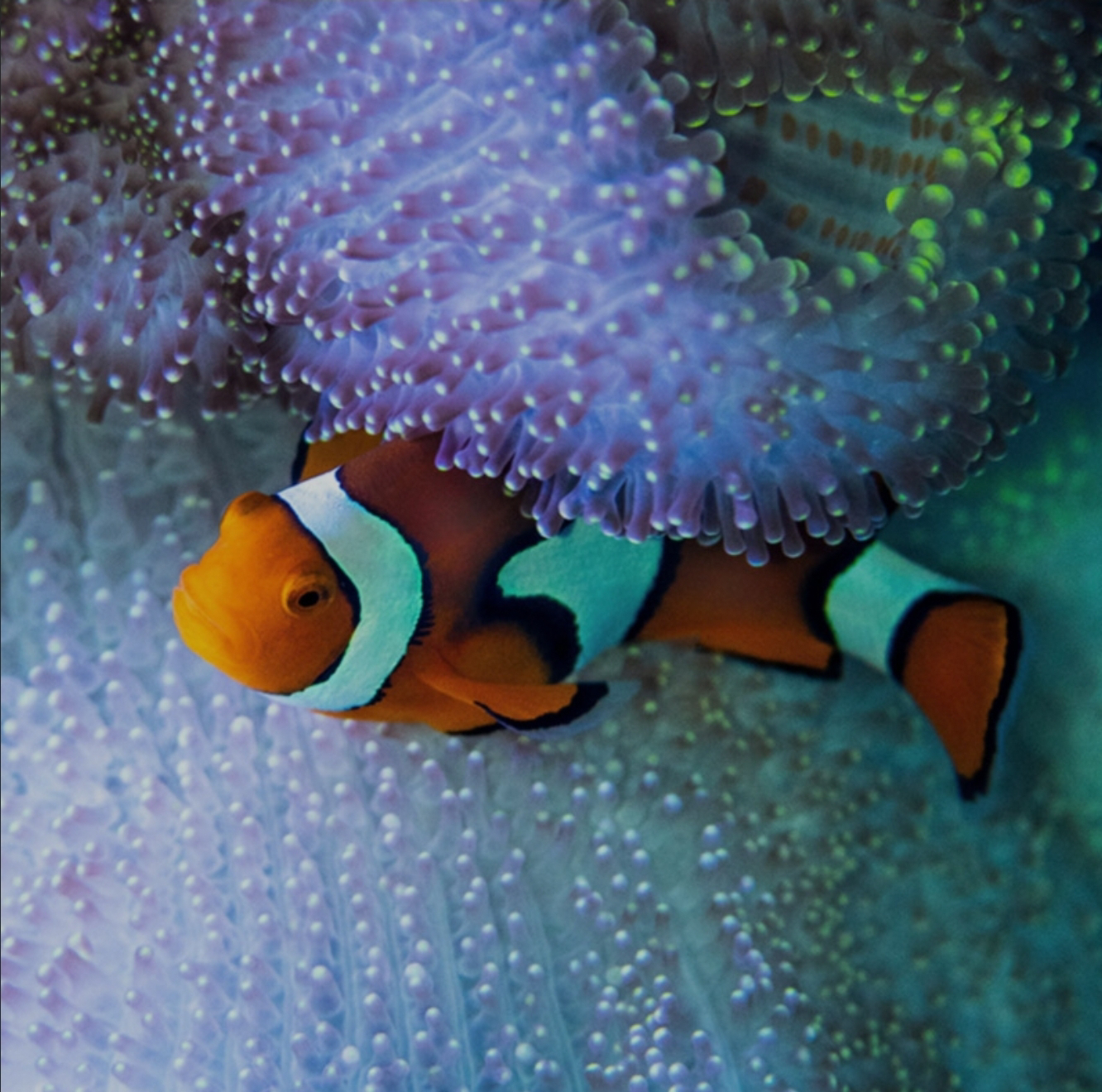Stay in shape. Build
muscles. Let's talk about packing on some serious size – and fast! In the relentless pursuit of bigger muscles and a stronger physique, the topic of rapid bulking often surfaces.
Today, we're diving deep into one such method: the audacious idea of consuming a gallon of weight gainer, mixed with milk, in a single day. Sound intense? It is. There is a method to this madness?
The "
Gallon of Gainer" Concept: A Modern Take on GOMAD.
For those in the iron game, the acronym GOMAD (
Gallon Of Milk A Day) might ring a bell. It's an old bulking strategy based on slamming down a whole gallon of milk daily to flood the body with calories and protein. Our "gallon of gainer" concept takes a similar, hyper-caloric approach, swapping out plain milk for a potent mix of weight gainer powder and milk.
Financially, a week's worth of this high-octane concoction can cost roughly the same as a standard weekly supply of pre-mixed weight gainer. We're talking about potentially packing in thousands of extra calories for a similar investment.
Serious Mass, Serious Gains.
Optimum Nutrition's Serious Mass is a popular choice. A 3lb tub, costing around $29, provides about four servings. Each double-scoop serving delivers a whopping 1, 250+ calories, 50g of protein, and a hefty dose of carbohydrates, plus creatine and essential vitamins.
Two half-gallons of lactose-free whole milk is a better option for digestive comfort. Basically, this is a mega-calorie shake.
Protein Absorption: Busting the Myths.
Good news for those considering this high-protein approach. A recent research suggests our bodies can absorb and utilize significantly more protein in a single serving than previously thought. Forget the old 20-25 gram saturation point; newer studies indicate benefits for muscle protein synthesis even with intakes as high as 100 grams, especially post-resistance training. That's exactly what this strategy encourages: fueling up for and recovering from heavy lifting.
The Importance of Heavy Sets and Lactose Considerations.
This mega shake is paired with serious resistance training, and
heavy sets with free weights. This ensures those extra calories and protein are channeled towards muscle repair and growth, rather than just fat storage.
The DIY Approach: Mixing Your Gallon of Gains.
How do you actually concoct this behemoth of a shake? Use a 2-gallon container, an empty 6 lbs. gainer tub is a great DIY solution. Employ a powder funnel, and gradually mix the 3 lbs. tub of weight gainer with the gallon of milk, shaking or stirring, thoroughly.
The consumption strategy is aggressive. Drink this throughout the day, including with breakfast, before your workout to fuel your lifts, and after your workout as part of your recovery. Then, simply observe the results.
The Goal: Bulking.
In weight training terms, bulking means intentionally creating a calorie surplus while engaging in intense resistance training to maximize muscle mass and overall body weight gain. Incorporating a hyper-caloric day like this into your weekly routine is suggested to yield positive results in this department.
Perspectives from the Trenches.
To get a well-rounded view, let's consider how different individuals might perceive this "gallon of gains" approach.
The Teacher: "From an educational standpoint, this presents a fascinating case study in extreme nutrition. While rapid bulking might appeal to some, it's crucial to understand the long-term implications and the importance of a balanced diet rich in whole foods. We need to discuss the potential risks associated with such a high intake of processed supplements and the importance of individualized nutritional needs. It’s about fostering informed decision-making based on scientific understanding, not just chasing quick fixes."
The Friend: "Whoa, a whole gallon of gainer in a day? That sounds intense! If you're gonna try this, man, promise me you'll listen to your body. Don't just force it down if you're feeling sick. And are you really gonna be hitting the gym hard enough to justify all those extra calories? Let's make sure we're pushing some serious weight together so it actually goes to muscle. Just be careful, alright? Gains are good, but feeling like crap isn't."
The Athlete: "As an athlete, I'm always looking for a competitive edge. A strategy like this could be useful during a specific off-season bulking phase where rapid size and strength gains are the issue. The high calorie and protein content, combined with intense training, could lead to noticeable improvements. However, I'd be meticulous about monitoring my body composition to ensure I'm not just adding excessive fat. It's about functional strength and power, so the training needs to be dialed in just as much as the nutrition."
The Gym Enthusiast: "The 'gallon of gains'… yeah, I've heard whispers of this kind of thing. It's definitely a shortcut to a calorie surplus. For someone struggling to eat enough to bulk, this could be a game-changer. The lactose-free milk suggestion is smart for avoiding the dreaded gainer gut. But let's be real, this only works if you're absolutely destroying it in the gym. You can't just drink a gallon of this stuff and expect to magically grow. It's fuel for the fire, and the fire needs to be raging with heavy lifts and consistent effort. Get ready for some serious pumps – and maybe some serious bathroom breaks!"
The Takeaway: Proceed with Caution and Intensity.
The "gallon of gains" approach to bulking is undoubtedly an extreme strategy. It offers a potentially cost-effective way to flood your system with calories and protein, setting the stage for muscle growth when combined with intense resistance training. However, it's crucial to consider individual tolerance, potential digestive issues, and the importance of pairing this dietary approach with a well-structured and demanding workout routine.









